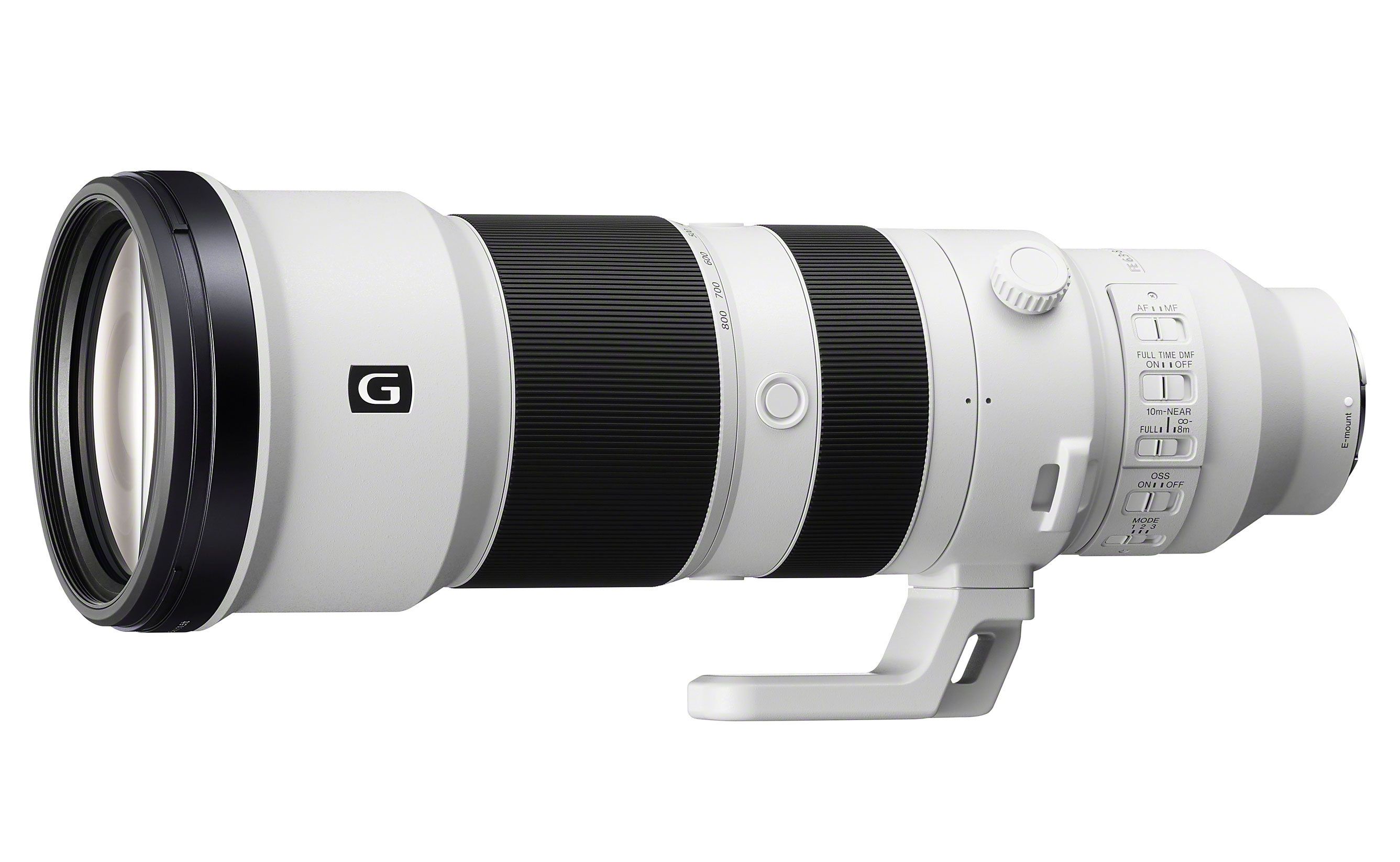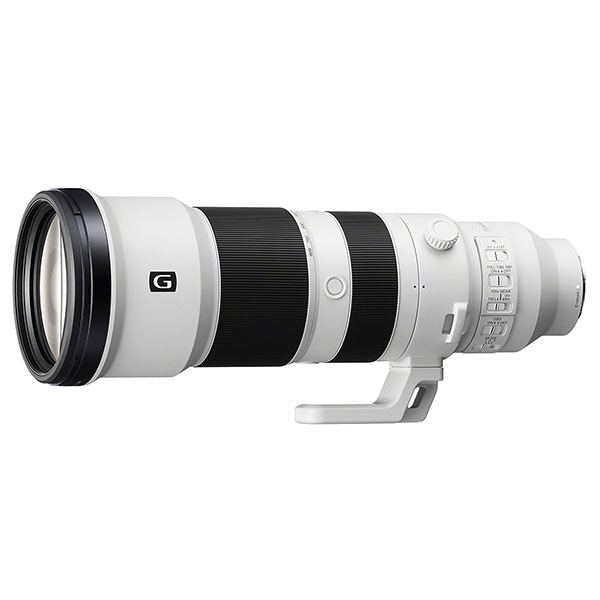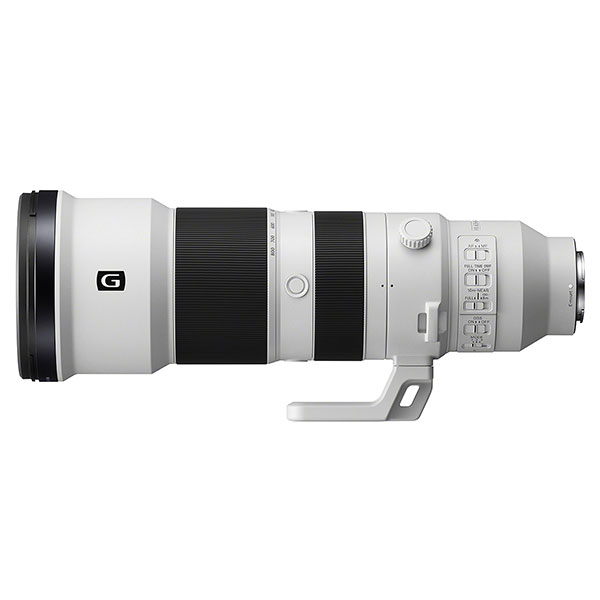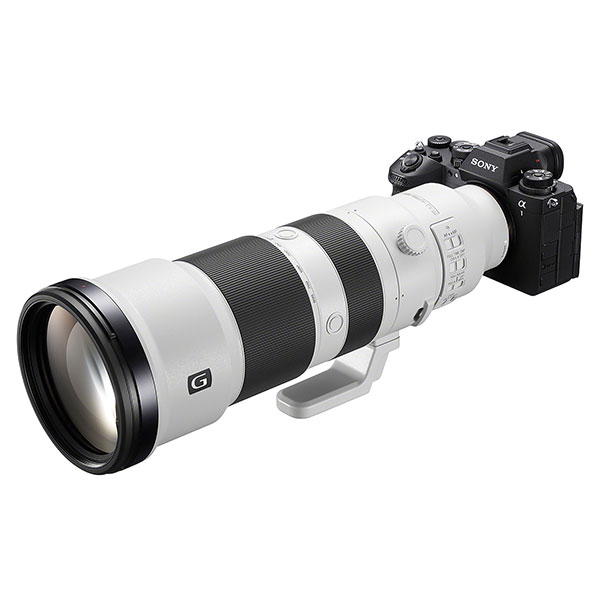
|
| Accept Cookies | Customize | Refuse Cookies |
 |    |
| Specifications | Reviews | Compare | Buy | Sample Photos |
|  Publish your advertisement on JuzaPhoto (info) | ||||||||||||||||||||||||||||||||||||||||||||||||
 Common squirrel by Claudio Cortesi92 comments, 2557 views ![[editors pick]](shared_files/layout/ep_badge.jpg) HI RES 6.0 MP  Golden oriole by Claudio Cortesi76 comments, 2144 views HI RES 6.0 MP  Roadworks by Claudio Cortesi60 comments, 1540 views HI RES 6.0 MP  Vertical ascent by Claudio Cortesi51 comments, 806 views HI RES 6.0 MP  European jay by Claudio Cortesi66 comments, 1235 views HI RES 5.2 MP  Lesser Kestrel by Claudio Cortesi52 comments, 1517 views HI RES 6.0 MP  Overlooking the sea by Claudio Cortesi59 comments, 1338 views HI RES 6.0 MP  Peregrine by Claudio Cortesi53 comments, 1325 views HI RES 6.0 MP  Egret by Claudio Cortesi41 comments, 683 views HI RES 6.0 MP  The courtship of the citronellas by Claudio Cortesi57 comments, 981 views HI RES 6.0 MP  Lesser Kestrel by Claudio Cortesi43 comments, 973 views HI RES 6.0 MP  Golden oriole by Claudio Cortesi62 comments, 1256 views HI RES 5.7 MP  The Battle of the European Jays by Claudio Cortesi38 comments, 1099 views HI RES 4.5 MP  Albulina sp. by Claudio Cortesi43 comments, 740 views HI RES 6.0 MP  Gonapterix cleopatra by Claudio Cortesi43 comments, 687 views HI RES 5.3 MP  Golden oriole by Claudio Cortesi35 comments, 775 views HI RES 5.2 MP  In your favorite environment by Claudio Cortesi37 comments, 822 views HI RES 6.4 MP  The Fighter's Grace by Claudio Cortesi47 comments, 705 views HI RES 6.0 MP  Heavy courier by Claudio Cortesi41 comments, 616 views HI RES 5.8 MP  Glossy ibis by Claudio Cortesi34 comments, 690 views HI RES 6.0 MP  Chough by Claudio Cortesi44 comments, 988 views HI RES 6.0 MP  Lesser Kestrel by Claudio Cortesi46 comments, 879 views HI RES 6.0 MP  Heavy courier by Claudio Cortesi32 comments, 474 views HI RES 23.7 MP  Peregrine by Claudio Cortesi46 comments, 1361 views HI RES 5.5 MP  Swallow by Claudio Cortesi42 comments, 550 views HI RES 5.3 MP  European jay by Claudio Cortesi43 comments, 866 views HI RES 6.0 MP  Treecreeper by Claudio Cortesi31 comments, 392 views HI RES 6.0 MP  Mamy and papy by Claudio Cortesi48 comments, 720 views HI RES 6.0 MP  Roadworks by Claudio Cortesi37 comments, 594 views HI RES 6.0 MP  The Battle of the European Jays by Claudio Cortesi39 comments, 682 views HI RES 5.1 MP  Marsh Harrier by Claudio Cortesi34 comments, 530 views HI RES 6.0 MP  Shrimp by Claudio Cortesi39 comments, 550 views HI RES 6.0 MP  Always beautiful... by Dino1037 comments, 585 views HI RES 10.7 MP  Fiorancino by Nico196921 comments, 1205 views HI RES 20.8 MP  European jay by Claudio Cortesi42 comments, 794 views HI RES 6.0 MP  Noble deer by Claudio Cortesi34 comments, 782 views HI RES 6.0 MP  Wood pigeon by Claudio Cortesi23 comments, 645 views HI RES 5.6 MP |
 JuzaPhoto contains affiliate links from Amazon and Ebay and JuzaPhoto earn a commission in case of purchase through affiliate links.
JuzaPhoto contains affiliate links from Amazon and Ebay and JuzaPhoto earn a commission in case of purchase through affiliate links.May Beauty Be Everywhere Around Me